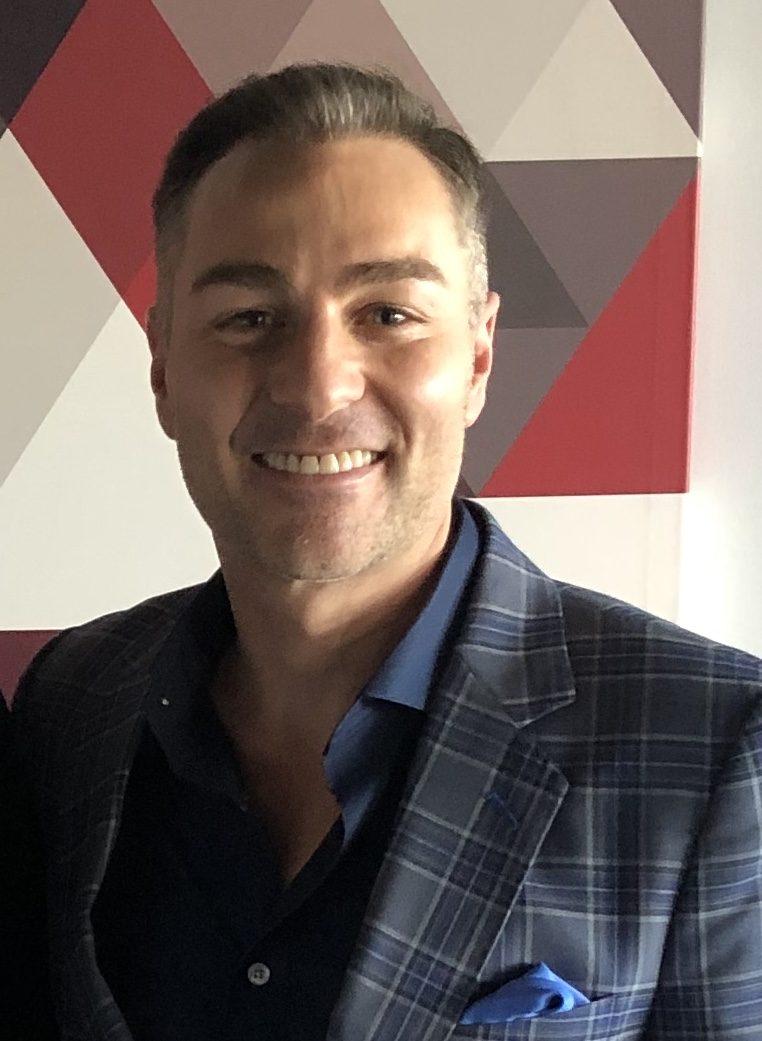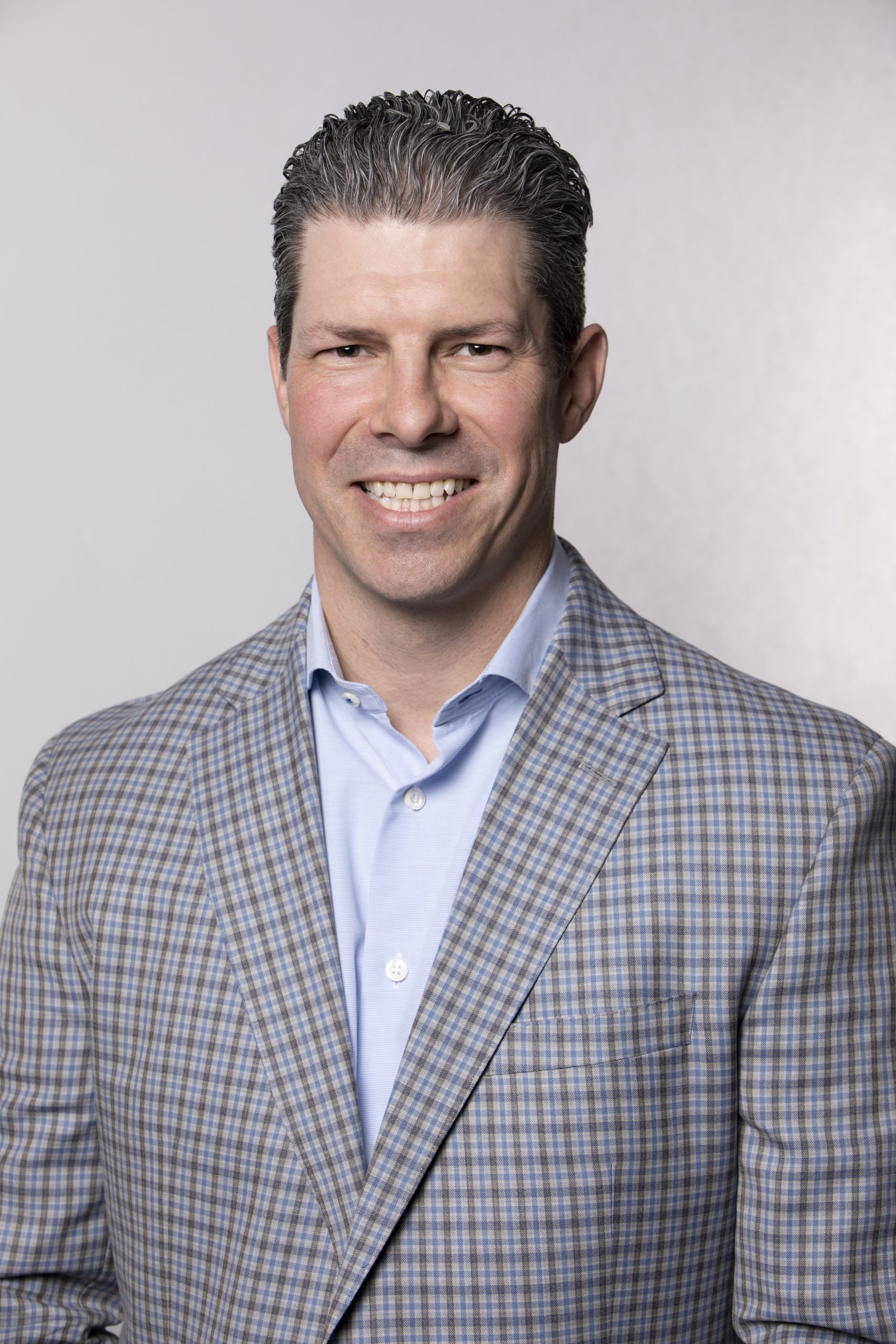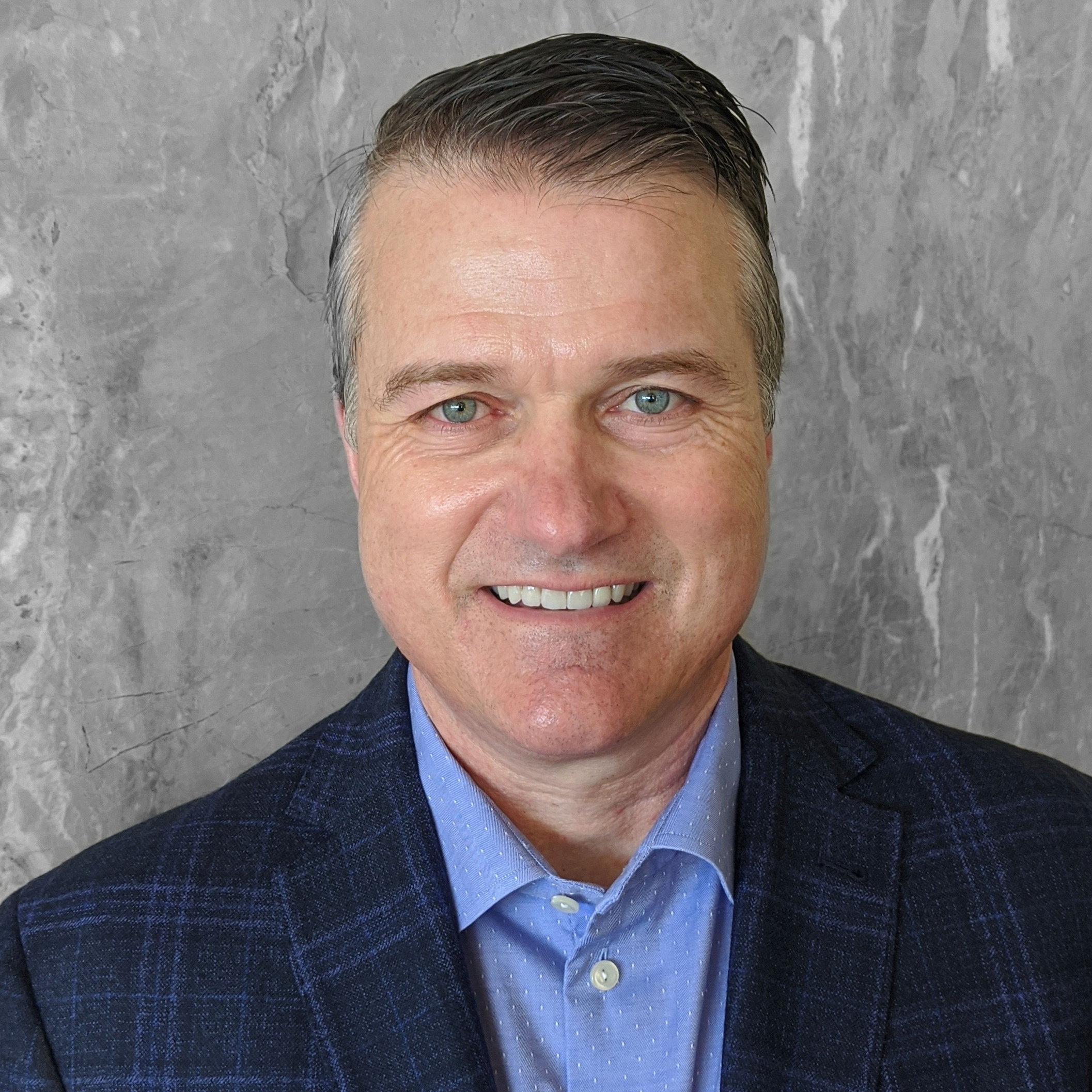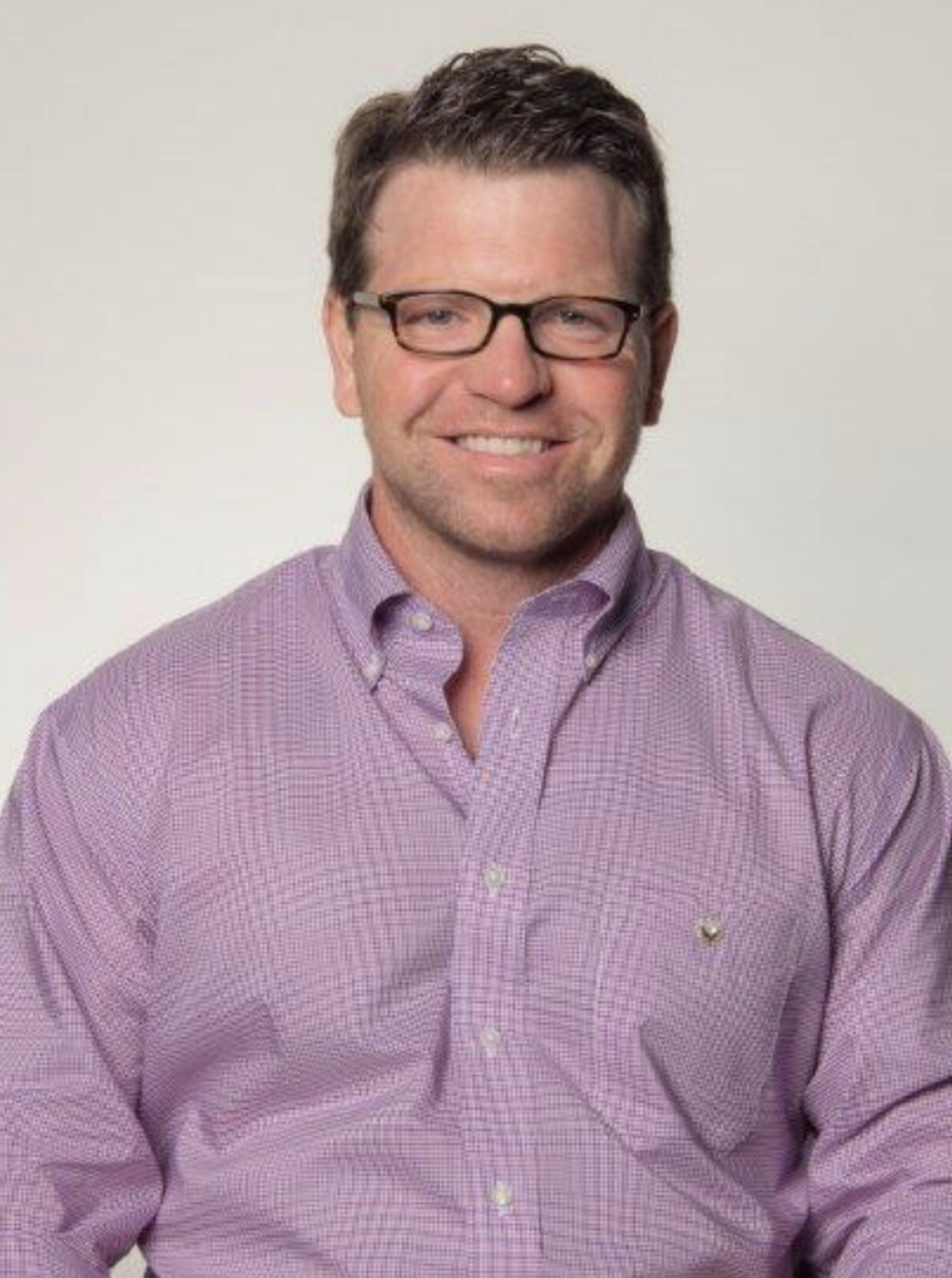


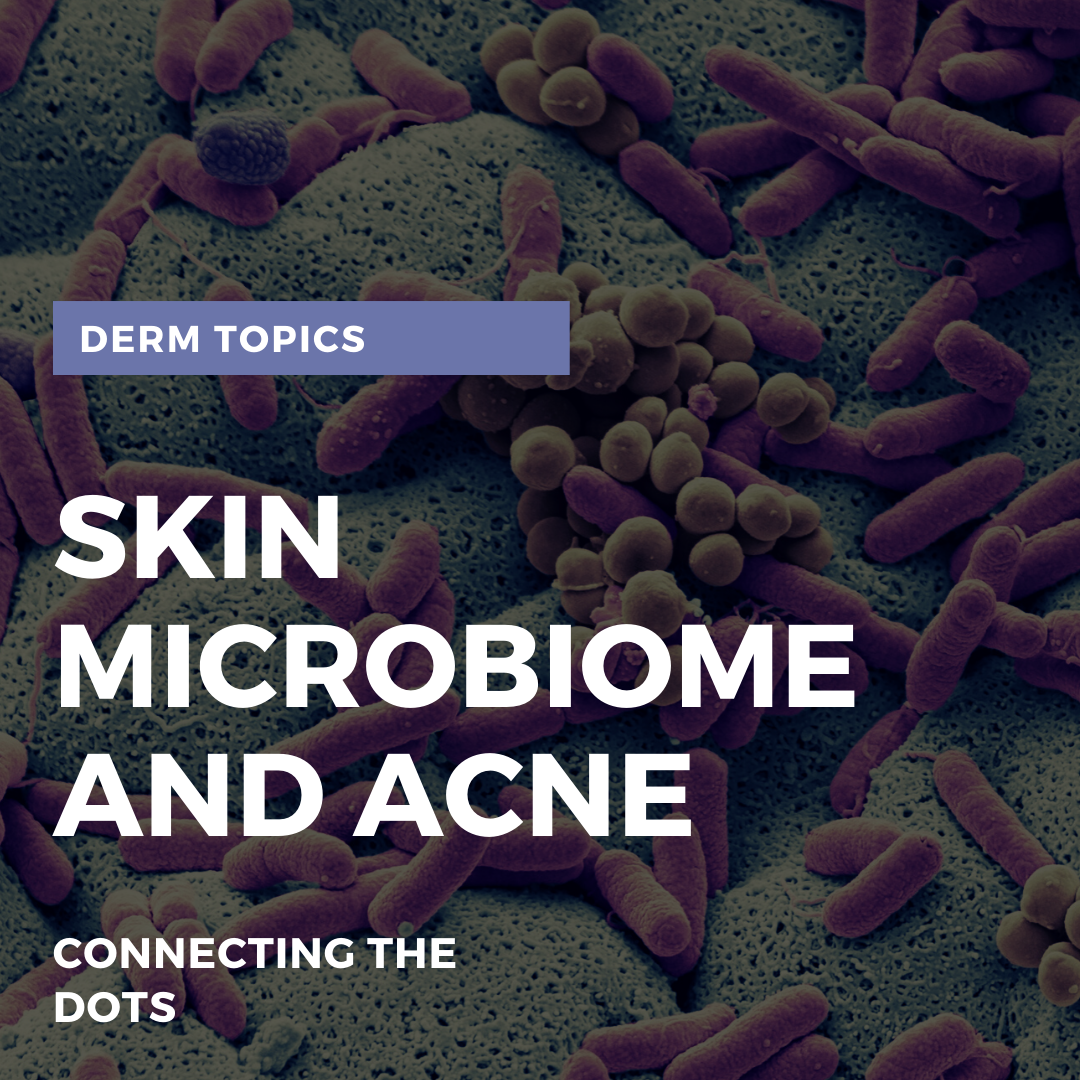
When we think about skin, a few things come to mind: protection, temperature regulation, sensation. However, there is growing interest in the microbiome of the skin. Our skin flora can be likened to an invisible ecosystem. Similar to fingerprints, it is unique to each individual. The complexity of the skin microbiome is continuing to be researched. This research is paving the way to improve our understanding of the relationship between acne and dysbiosis.
At the GW Virtual Appraisal of Advances in Acne Conference, Dr. Adam Friedman discussed Microbiome Manipulation in the Management of Acne. His lecture provided insight on the microenvironment of the skin and how the diversity in skin flora can affect disease processes such as acne.
First, let me share a few pearls from Dr. Friedman’s lecture.
The skin is a physical barrier against invasion by pathogenic organisms and foreign substances. The skin is also an ecosystem, host to a variety of microorganisms that are typically harmless.
The habitat of the skin varies topographically and there are several factors that contribute to this unique variation among individuals.
The cutaneous immune system modulates and can be modulated by these commensal microorganisms. Dysbiosis, which directly refers to decreased microbial diversity, is directly linked to dysregulation of the skin immune response is evident in several skin disorders.
When we think about the skin barrier, we usually think about the hydrophilic corneocytes and hydrophobic lipids that make up this security guard for your skin. However, we do not necessarily think about the invisible barrier that protects the skin, which is composed of numerous microorganisms. Both of these components are vital to the structural stability of the skin barrier. If this invisible barrier is disrupted, this may lead to skin disease. Why are these commensal organisms so important?
Role of commensal organisms on the skin:
We all have a unique skin microbiome. What contributes to the variability of the skin microbiome?
Factors contributing to individual variations in skin microflora:
Read more….
Hosted by George Washington University, in Partnership with ODAC Dermatology, Aesthetic & Surgical Conference and Next Steps in Derm
Even during a global pandemic we cannot forget that Acne Vulgaris is one of if not THE most common skin condition afflicting our patients and the general populace. With the disruption of clinics and conferences, innovative vehicles for the dissemination of the most up to date data and expert anecdote are certainly and sorely needed.
Enter the GW Virtual Acne Appraisal Conference: A 3 hour program that promises to pander to your pimple popping practices with short but sweet lectures from the acne gurus covering the gamut of the big A. From treatments to treats, from considering the microbiome to unique treatment approaches in specific patient populations, we will cover it all. And if that wasn’t enough, we will round it out with a perusal of the therapeutic pipeline. It will be all that and a bag of chips (which may or may not cause acne…you need to tune in to find out).
8:00 – 8:15 – Introduction and Welcome
8:15 – Topical Management of Acne– James Q. Del Rosso, DO, FAOCD, FAAD
8:30 – Use of Hormonal Therapies in Acne– Julie Harper, MD
8:50 – Use of Antibiotics in Acne – Neal Bhatia, MD
9:10 – Issues with Isotretinoin: Fact vs. Fiction – Jenna C. Lester, MD
9:30 – Microbiome Manipulation for the Management of Acne – Adam Friedman, MD, FAAD
9:45 – Diet and Alternative Therapies: What to know for Acne management – Vivian Shi, MD
10:00 – Management Considerations for Skin of Color Patients with Acne –Andrew Alexis, MD, MPH
10:20 – Managing Acne in the LGBTQ+ Population – Angelo Landriscina, MD
10:40 – New and Emerging Therapies for Acne – Leon Kircik, MD
This webinar was previously recorded on July 1, 2020 and is now available on demand.
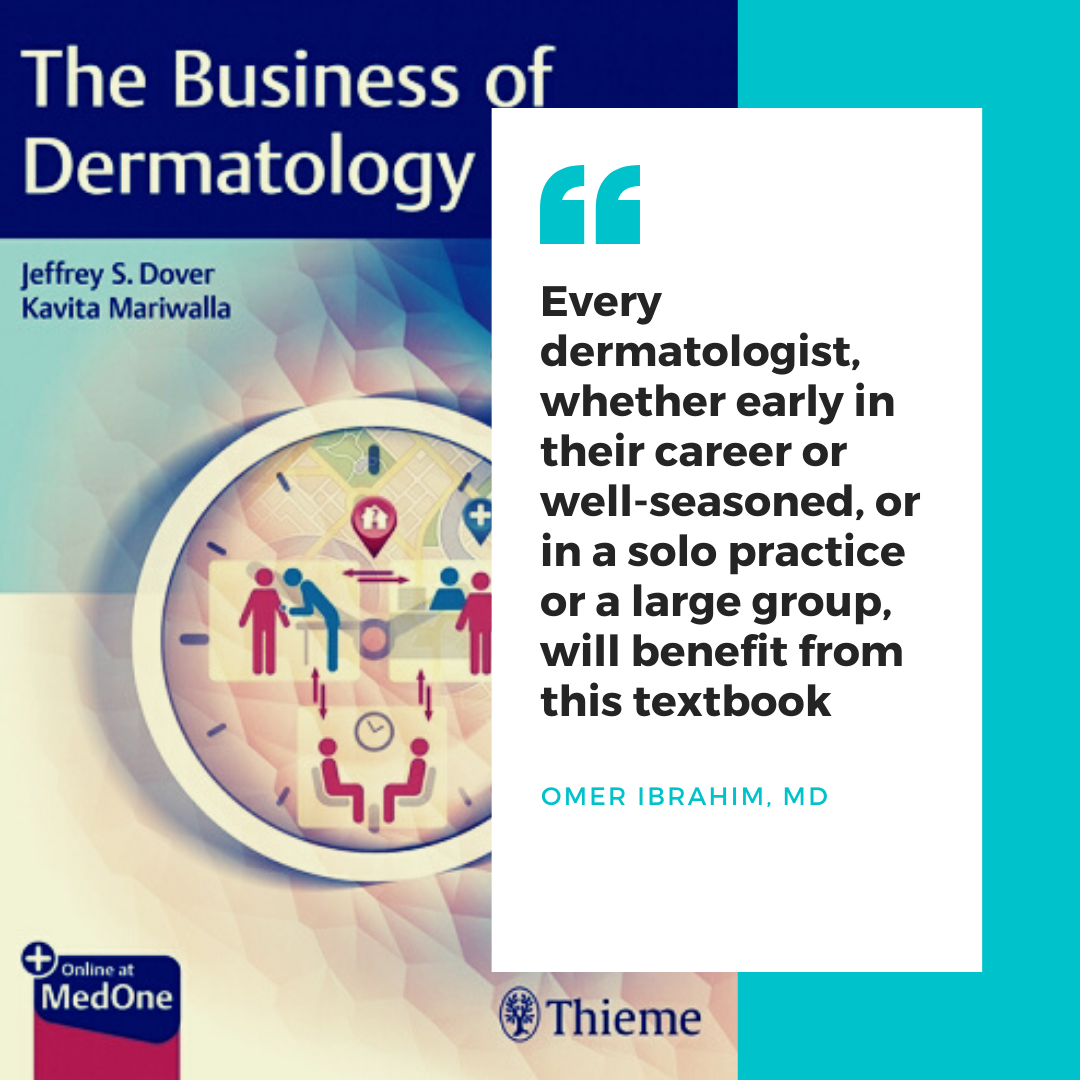
Business intellect, a vital aspect of managing a practice, is not taught in residency. From the infancy of their training, dermatologists are trained to think broadly and scrupulously, using each clue, each corporeal sense, and each available tool to accurately diagnose and manage a plethora of cutaneous conditions. After residency, dermatologists set out armed with the knowledge and drive to deliver expert care to their future patients. However, despite their education and best intentions, lack of business acumen can hinder even the brightest and most motivated of practitioners. In order to enlighten oneself in the complicated field of business management, clinicians are left to fend for themselves, often learning as they go, sometimes making unnecessary mistakes, and adjusting their business practices reactively. Retrospective “trial and error” learning is time-consuming, cumbersome, and costly. Why not short track and get the goods without the trial and error, making costly mistakes and taking years. The new book, The Business of Dermatology is a cornerstone achievement in the standardization of business education for dermatologists.
Edited by Drs. Jeffrey S. Dover and Kavita Mariwalla, and authored by impressive experts in the field, The Business of Dermatology offers a comprehensive guide to opening, maintaining, and sustaining a practice. To start, the power of this textbook fundamentally lies in the experience and scope of its authorship. The authors were hand-selected by the editors ensuring that each chapter was written by a tried and true expert in that subject. Unlike other textbooks in the field of business management and administration that are primarily written by individuals from the business world, some of whom have no insight into the inner machinations of the medical world, or hands-on experience, the authors of this book are well-known, respected dermatologists that hail from thriving practices of their own. The reader has an unprecedented opportunity to learn from the firsthand experiences of top authorities who live and breathe dermatology. Using conversational prose, the authors depict their experiences, trials, and errors, employing specific real-world examples and scenarios while tackling each subject.
A notable forte of The Business of Dermatology is the sheer breadth and range of topics discussed in the textbook by medical as well as surgical dermatologists. Opening and managing a practice is a daunting endeavor with twists, turns, and hidden hurdles that one cannot foresee until stumbling across them. The Business of Dermatology unveils those twists, turns, and hurdles for the reader, taking the “guessing game” out of the equation. Fifty-five chapters elucidate every aspect of running a practice, covering all practice-relevant topics, including office space and equipment, managing financials, diverse practice models, human resources, employment considerations, patient issues, pricing, essential surgical tools/supplies, marketing, and much more. The Business of Dermatology lays bare every facet of handling a dermatologic practice, so much so that even a well-run, seasoned practice stands to learn new tools and tips to elevate itself to a higher level.
And now more than ever in the “Time of Covid” we are in desperate need of information from The Business of Dermatology. Many of us are inventing the wheel with the significant changes that are occurring in Dermatology, and the practice of our specialty.
The wealth of knowledge endowed in each chapter is written and formatted in such a style that renders each chapter extremely easy to read and comprehend. First, the prose used in the chapters is conversational – as such, the reader is fully immersed in each topic as if he/she were having a face-to-face chat with the authors. Furthermore, references are used only when absolutely necessary. The reader is not bogged down by superfluous references and discussions that may dim the vital discussion points of the chapters. Finally, embedded within each chapter are practical tips that are immediately implementable and a Top Ten list that highlights the key take-home points, making “reading on the run” possible. The novice practice owner need not fear the residency dogma of “trying to drink from a gushing fire hydrant” with this easy-to-read, catchy and focused textbook.
ODAC Dermatology, Aesthetic & Surgical Conference’s Medical Director, Dr. Adam Friedman, discusses the ODAC 2021 program, reasons to attend and more!
To view the full agenda, click here: https://orlandoderm.org/agenda/
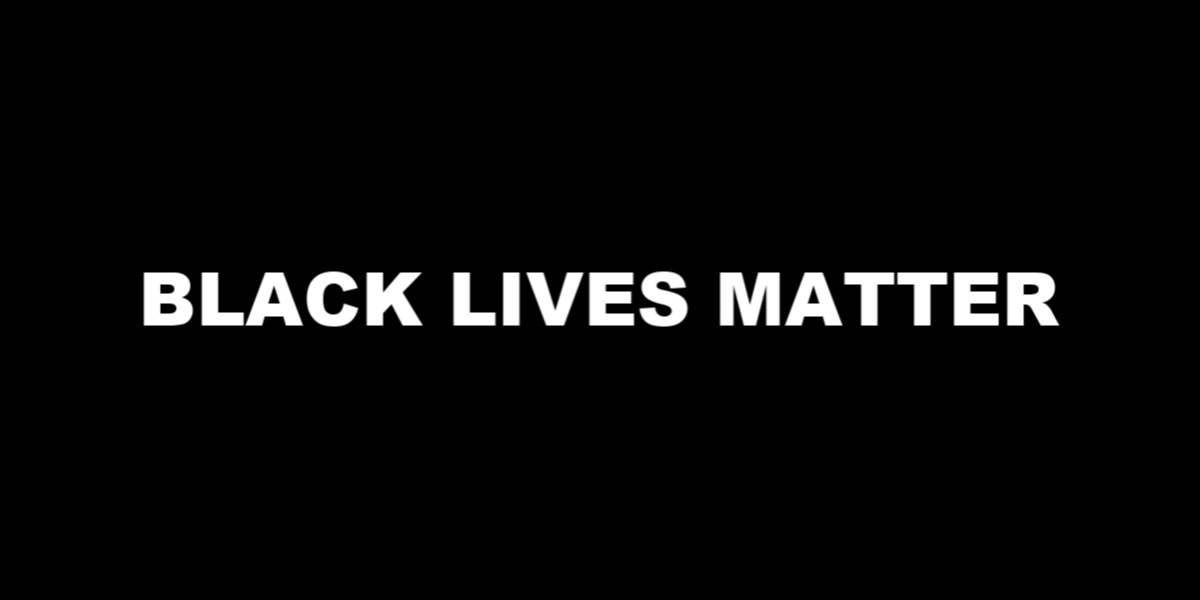
NEW YORK, (June 3, 2020) – Shelley Tanner, SanovaWorks (parent company of ODAC) CEO/President
The below was sent to the employees of SanovaWorks.
This is an issue we should all be aware of, we should all be engaged in, and we should all be actively fighting together against for a solution. Each company, as a collective of humans, has a responsibility to do everything we can to protect our fellow humans and ensure that we all have access to the things we hold dear. We cannot stand by knowing that our fellow Americans are being targeted unjustly from all angles.
On the heels of the global and national devastation of the coronavirus pandemic, we are witness to the glaring evidence of an epidemic that has existed for hundreds of years in the USA, and that is the systematic racism and injustice against black Americans. The devastation that results from this affects lives in literally every facet: education, careers, health, families, finances, safety, etc.
The pandemic unveiled in clear numbers the disparity between black and white communities in this country, where only 13% of the population are African American, yet represent 23% of the deaths. In some states, like Georgia, African Americans make up little more than 30% of the population, yet almost 50% of deaths are from within this group.
On May 25th this year George Floyd, a black man from Minneapolis who is also a brother, a cousin, a nephew, a friend, a boyfriend, a son, and a fellow human, was murdered in a horrific incident that has reinvigorated people to stand up and say that this is not acceptable, spurring the nationwide protests that are not only just, but also necessary to demand change for a reality that has been accepted through complacency and inaction.
For our employees who are impacted by this, we need to support you. As a team and your friends we are here to back you up.
If you don’t already know how you can personally help, I hope you will take the time to learn what we can all be doing at this time to be a part of the solution. You might feel helpless or overwhelmed by this matter, and feel like there is nothing you can do, but this is part of the problem. Doing nothing is a choice and an action. The support we show for one another matters. One of my friends sent me this article on the weekend, for which I was extremely grateful, as it outlines many things we can all be doing for racial justice.
READ What White People Can do for Racial Justice
On June 1, President Obama published an article on how he believes we can use what is happening now as a turning point for real change that is definitely worth the read. In this article there is a link to a very detailed report and toolkit developed while he was in office by the Leadership Conference on Civil and Human Rights, along with a dedicated site of resources and organizations to learn about and get involved with.
READ How to Make this Moment The Turning Point for Real Change
Below is a list of grassroots organizations supporting this cause. I have personally donated, and I encourage you all to consider doing the same. There are many more that I have read about and perhaps that speak to you more personally. I encourage you to look up some of these groups and read about what they are doing.
https://minnesotafreedomfund.org/
https://www.blackvisionsmn.org/
https://www.reclaimtheblock.org/home
https://www.northstarhealthcollective.org/
We as a company will take a moment of silence at 1:30pm ET to reflect on these injustices, and how we personally might help. I would like us all to pause together and show solidarity. For those who choose to sit on their own, know we are with you.
I am committed to ensuring that this is not the end of the conversation for SanovaWorks. Stay tuned for more information and please get in touch with me directly if you have thoughts on this. I welcome all ideas and feedback.
And finally. To ALL of our friends of color: know that we see you, we appreciate you, and we will do everything we can to support you.
Shelley N. Tanner
President/CEO
ODAC Dermatology Conference, in partnership with Next Steps in Derm, interviewed Dr. David Miller, Instructor in Dermatology and Medicine at Harvard Medical School and member of the Department of Dermatology and the Department of Medicine at Massachusetts General Hospital, where he is co-director of the Merkel cell carcinoma treatment program. Watch as he shares important updates on Immuno-Oncology (IO) strategies for melanoma.
